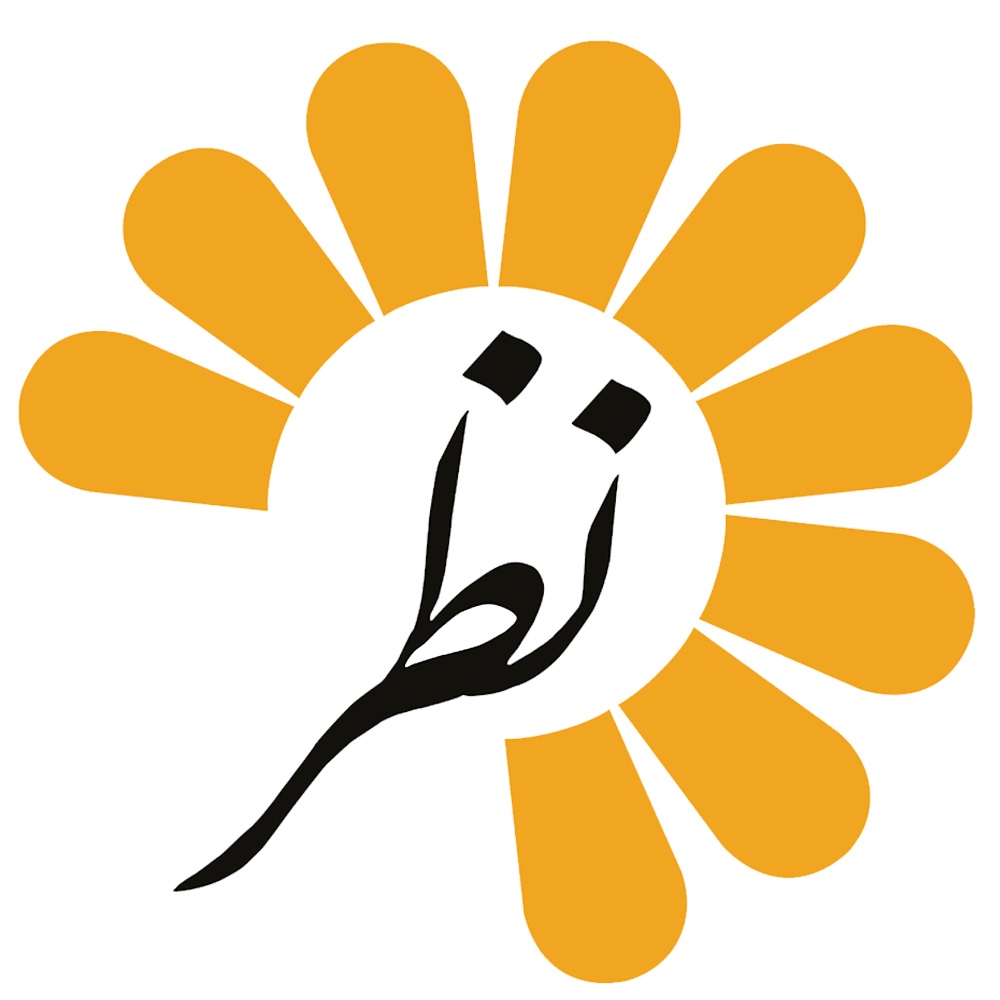چکیده:
توسعه روزافزون و ناهمگون شهر تهران در دهه های اخیر، ساخت و سازهای جدید ساختاری را در شهر پدید آورده است که با ساختار طبیعی و تاریخی آن در موارد بسیاری تطبیق نداشته و شهری متضاد و گسسته را پدید آورده که هویت و خوانایی خود را از دست داده است. از این ساخت و سازهای جدید می توان به شبکه بزرگراه های درون شهری و توده های عظیم ساختمانی اشاره کرد. امروز بزرگراه های تهران از مهم ترین عناصر استخوان بندی شهر در جهت دهی ذهنیت شهروندان از سیما و منظر شهر نقش بسزایی را ایفا می کنند و در واقع بخش مهمی از نمای شهری تهران امروز را تشکیل می دهد و درک شهروندان از شهر کنار این بزرگراه، شکل می گیرد. در تهران بزرگراه های شمالی- جنوبی و شرقی- غربی متعددی در محدوده ها و مناطق مختلف شهر احداث شده است؛ عبور بزرگراه ها از مناطق مسکونی، جداره های مسکونی، که زمانی در مقیاس خرد تحلیل می شدند، را به نمای شهری و جداره های درجه اول شهر تبدیل کرده است؛ جداره هایی که برخورد با آنها در چارچوب اهداف منظر شهری، مدیریت و برنامه ریزی ویژه ای می طلبد. بزرگراه نواب نمونه ای بارز از شکل گیری جداره مسکونی در کنار بزرگراه است؛ جداره ای برنامه ریزی شده که راه میان آن هم به لحاظ موقعیت اصلی شمالی ـ جنوبی و هم به لحاظ مقیاس پروژه در شهر تهران، اهمیت ویژه ای دارد.
این نوشتار تلاش می کند جداره بزرگراه نواب را به عنوان یکی از شاخص ترین نماهای شهری تهران در ابعاد مختلف کارکردی، هویتی و زیبایی شناسی مورد بررسی قرار داده و ابعاد و ظرفیت های مختلف آن را در شکل دهی به نمای شهر تهران تحلیل کند.
The increasing miscellaneous development of Tehran in the recent decade has caused new structural constructions in city uncorrespondent to historic and natural structure and shaped a contradictory and discontinuous city lacking in identity and legibility. Among them are the inner city highway networks within the urban massive constructed pile. Nowadays، Tehran highways play a significant role in shaping people’s minds about the landscape and appearance of the city. In fact; they contribute in shaping the urban landscape and conveying citizen perception of the city. New north-south and east-west highways are constructed in different regions of Tehran which have transformed micro-scale residential edges to urban facades and first-rate edges; the edges require special urban landscape goals and appropriate planning and management. Navvab highway is a manifest example for formation of residential edge adjacent to a highway; a planned edge in which the crossing ways have also great significance for its north-south position and the scale of project in Tehran.
Today Navvab highway، the north-south arterial highway alongside Chamran highway، does not offer solidarity or unity with the adjacent texture due to multiple constructed high-rises. Lack of identity and sense of affiliation to the place has made this highway a separated and unsustainable element in urban system of Tehran. The most noticeable aspect in Navvab highway is the issue of non-compliance with the privacy and land-division alongside the highway and disaffiliation with the adjacent texture in form of general problems such as pollution، the problems of the urban landscape as well as safety and visual perspective. Buildings without diversity in facades with simple skyline are among the problems of this urban façade which reduces legibility of the environment.
Ignoring the historic، natural and cultural potentials in the confined area of Navvab highway and lack of a comprehensive system in planning and designing has resulted in the recent commercial، social and physical problems and issues in constructed parts of this area. These proceedings not only had any positive or qualitative results، but also have brought up too much inelegance and vulgarity.
Opening spaces and allocating them to public spaces within the adjacent residential texture، revising traffic problems، concentrating on hierarchy، pedestrian movement، connecting the adjacent textures of the highway by adding a commercial-service layer and green space can revitalize these edges and attach them appropriately to the existing urban decay.
This paper tries to discuss Navab’s wall as one of the most significant urban facades in Tehran in functional، aesthetic and identity aspects and analyze its other various aspects and potential in shaping Tehran’s urban façade.

(پژوهیار,
,
,
)

